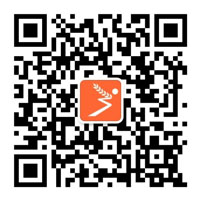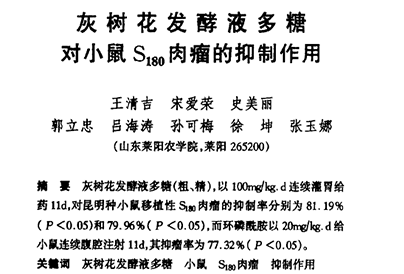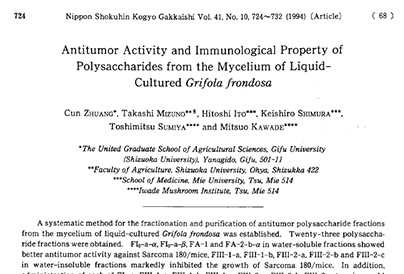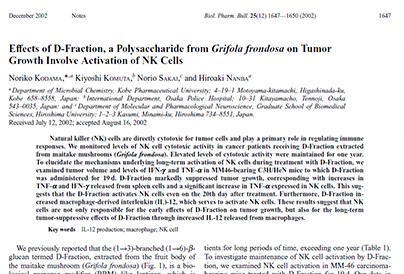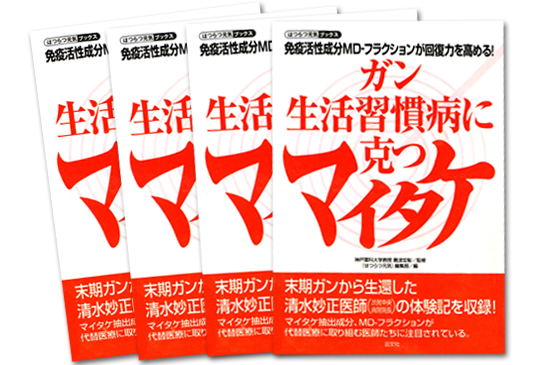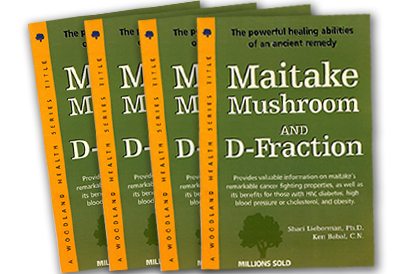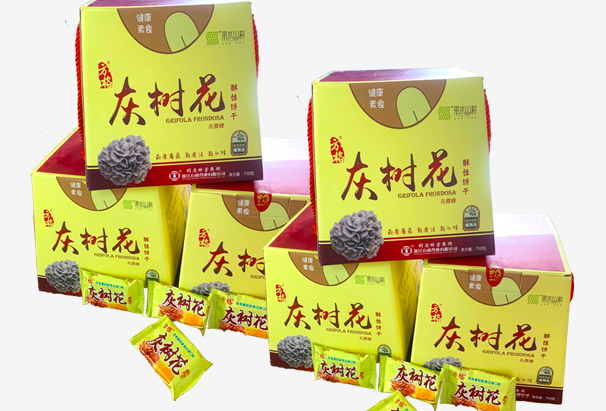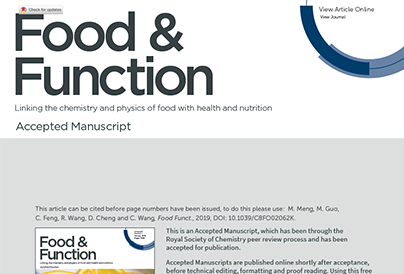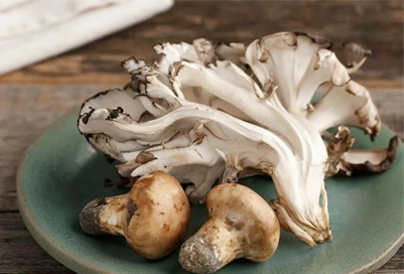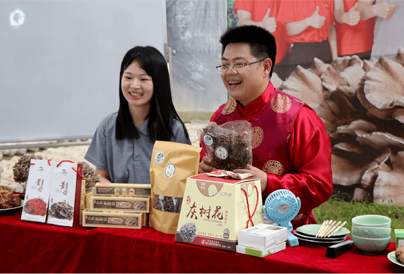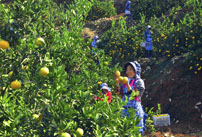Many countries at home and abroad have regarded edible mushrooms as a beloved food. For example, the ancient Romans classified edible fungi as "God's food" and only consumed them on festivals. The ancient Greeks believed that edible fungi could improve the combat effectiveness of the samurai, and the Japanese regarded edible fungi as a precious longevity food.
Because of its rich nutrition, edible fungus has the title of "the meat of the vegetarian" in ancient times. Its medicinal and health care functions have a long history in our country, and Ganoderma lucidum is even said to be the "sacred grass". Traditional Chinese medicine also included a variety of edible fungi in pharmacy classics, such as fungus, tremella, elm, pleurotus, poria, puffball, etc. listed in the Compendium of Materia Medica by Li Shizhen in the Ming Dynasty.
In China, mushrooms have always been a frequent visitor to many family tables. Fried, stir-fried, steamed and stewed are deeply loved by people from all over the country. Mushrooms can be said to be very rich. Shiitake mushrooms, oyster mushrooms, straw mushrooms, enoki mushrooms, Hericium erinaceus... Americans call mushrooms "God's food", and Japanese think mushrooms are at the "peak of plant food." Visible the status of mushrooms!
Are mushrooms vegetables? Perhaps 90% of people will answer "yes", but mushrooms are not a member of the plant kingdom, but belong to the fungus kingdom. The mushrooms we eat are actually the fruiting bodies of fungi.
Mushroom fungi are ecologically called "saprophytic", and they generally live in dead branches and rotten leaves and soils rich in organic matter. There are many radial gills on the inner side of mushroom umbrellas, namely gills. Many small particles invisible to the naked eye-spores grow on the gills. When the mushroom matures, it will scatter the spores into the humus (such as straw, rotten leaves, tree roots, etc.).
Mushrooms are very strange. They can not only grow on trees, but also in the forest. On the highest peak of Mount Everest, in addition to snow, mushrooms were also detected; in the deepest Mariana Trench, it can also be seen.
The Chinese people's love for mushrooms has a long history. As early as "Lu Shi Chun Qiu", there was a high praise for the edible fungus "the one who tastes the beauty, the fungus that crosses the road". Li Yu, a writer of the Qing Dynasty, said in "Xian Qing Ou Ji", "The most fresh and beautiful thing is outside the bamboo shoots, is it only mushrooms? The fragrance of mushrooms is limited, but the flavor of juice is endless." People were already cooking and eating mushrooms. It is also in the "Suiyuan Food List". Although mushrooms are vegetarian, they can be "hard and soft", "meat and vegetable", and can help freshness when placed in various dishes.
Edible mushrooms are rich in nutrients and are a good delicacy with meals. Some nutritionists vividly stated that eating "four legs" (pigs, cows, sheep, etc.) is not as good as eating "two legs" (chicken, duck, goose, etc.), eating "two legs" is worse than eating one "Leg" (mushroom).
In Europe, America and Southeast Asia, there is also a saying, "The poor eat meat, the rich eat fungus."
Therefore, the nutritional value of edible fungi is evident. Modern medical research shows that edible fungi not only taste delicious, but also contain 8 kinds of amino acids, 14 kinds of vitamins, multiple minerals, polysaccharides and other nutrients necessary for the human body. Its reasonable combination with food and meat is an excellent recipe for human beings.
Food is generally divided into three categories, namely animal food, plant food and fungus food. In contrast, animal food and plant food have their drawbacks.
Our human body needs 20 kinds of amino acids, of which 8 kinds of "essential amino acids", the human body cannot rely on the body's own synthesis, and must be obtained from food. Plant foods lack one or two essential amino acids; at the same time, animal foods contain high cholesterol. Mushrooms are somewhere in between. They can provide protein and make up for the imbalance caused by the lack of essential amino acids in the human body, without the hidden danger of high cholesterol, and can eliminate the side effects of animal food.
In addition, mushrooms contain more than 30% protein, and the vitamin C content in 100 grams of fresh mushrooms is as high as 206.28 mg, and the carotene in mushrooms can be converted into vitamin A, so mushrooms are also called "vitamin A treasure house".
According to the traditional Chinese food and medicine homology theory, many edible fungi have considerable therapeutic effects. In addition to providing calories and satisfying nutrition, human beings need to obtain functional ingredients with physiological activity to ensure human health. Edible fungi are not only delicious and nutritious, but also rich in active ingredients with health-care functions.
According to modern research, the therapeutic value of edible fungi mainly has the following three points.
1. Has nutritional value in line with modern concepts
(1) High protein, low fat, low calorie
This nutritional feature of edible fungi is very effective in preventing the "urban wealth disease" caused by high fat and high sugar in many areas of our country. The protein content of edible fungi is not only higher than that of vegetables, but also comparable in quality to milk, meat, and eggs. It is known as "the meat of the vegetarian". The fat content of edible fungi is low, and the natural fats are complete. Including free fatty acids, monoglycerides, triacylglycerols, sterols, sterol lipids and phosphates. Among the unsaturated fatty acids and saturated fatty acids in edible fungi, the former accounted for 72.6%-85.4%, and the latter accounted for 14.6%-27.4%. It has low sugar content and low calorific value, which is more in line with the nutritional requirements of obese people.
(2) Rich in vitamins
Different edible mushrooms have different types and contents of vitamins. Some are rich in B vitamins, niacin, ergosterol, some are rich in vitamin C, pantothenic acid, pyridoxine, carotene, vitamin E, and some contain vitamin A (chanterelle and armillaria), and some Some edible fungi have higher vitamin B 12 content than the same amount of hairtail during the opening stage...Due to the different content of these vitamins in edible fungi, they should have their own choices in health care applications. For example, for rickets, you can choose to be rich Vitamin D-rich mushrooms and scurvy can be selected for vitamin C-rich mushrooms.
(3) Rich in inorganic salt
Edible fungi have a good enrichment effect on inorganic salts, and can enrich the inorganic salts in the culture medium (rotted wood, rot, cattle and sheep dung, etc.) into the mushroom body. Therefore, different edible fungi, different culture media, and different culture environments (soils) will affect the content of inorganic salts in edible fungi. For example, fungus contains more calcium and magnesium than other edible fungi, and its iron content is the highest among currently known edible plants. Ganoderma lucidum is rich in organic germanium... Now, people will add artificially It is necessary to add inorganic salt to different edible fungi culture media, and after fermentation and culture, edible fungi rich in selenium, chromium, calcium and zinc can be obtained to meet the different needs of different people.
2. Contains special active ingredients
(1) Polysaccharides. Most edible fungi are rich in polysaccharides, and polysaccharides are one of the main active ingredients for the dietary health function of edible fungi. Polysaccharides have special activities in regulating immune function, improving hypoxia tolerance, scavenging free radicals, protecting liver, and inhibiting tumors.
(2) Adenosine. Most edible fungi contain adenosine, and its physiological activities include: lowering cholesterol, blood viscosity, inhibiting platelet aggregation, improving blood microcirculation, anti-hypoxia, calming and tranquilizing, regulating the body’s immune function, preventing thrombosis and diabetes, and improving Blood oxygen supply capacity, etc., can treat various diseases caused by insufficient oxygen supply of the heart, brain and its tissues. Studies believe that the mechanism by which adenosine can inhibit platelet aggregation is: adenosine and its derivatives can inhibit adenosine dehydrogenase activity, thereby preventing excessive platelet aggregation, and adenosine can also reduce atherosclerosis.
(3) Triterpenoids. It can relieve pain, calm, inhibit histamine release, relieve spasm, protect liver and detoxify, and kill tumor cells. In addition to the above active ingredients, some edible fungi also contain special functional ingredients. For example, armillacin can protect the liver, detoxify, improve liver function, and treat hepatitis; simple mushroom is a protein that can inhibit tumor growth; lentin can accelerate cholesterol metabolism and reduce cholesterol.
3. Can improve dietary structure
(1) "One meat, one vegetable and one mushroom" is a reasonable diet structure in the 21st century. The dietary structure of mankind is constantly adjusted with the development of science, the improvement of the level of understanding, and the improvement of economic conditions. It has experienced “eat full” as the center to “eat well” and then developed to “eat healthy”. An evolving process. The concept of "one meat, one vegetable and one mushroom is the most reasonable dietary structure in the 21st century" fully demonstrates the role of edible fungi in the dietary structure that cannot be underestimated.
(2) Supplement high-quality dietary fiber. With the advancement of science, people have realized that cellulose plays a very important role in human health. Some people call cellulose the seventh nutrient element of the human body. The edible fungus contains a large amount of high-quality dietary fiber, which can promote gastrointestinal peristalsis and promote laxative detoxification.
In China, mushrooms have always been a frequent visitor to many family tables. Fried, stir-fried, steamed and stewed are deeply loved by people from all over the country. Mushrooms can be said to be very rich, shiitake mushrooms, oyster mushrooms, straw mushrooms, enoki mushrooms, Hericium erinaceus... Americans call mushrooms "God's food"; Japanese think mushrooms are at the "peak of plant food". Visible the status of mushrooms!
A reasonable diet should be a combination of meat and vegetable mushrooms, and strive for nutritional balance. "One meat, one vegetarian, one mushroom" is a reasonable dietary structure recommended by the United Nations for the 21st century. Putting edible fungi in a position alongside meat and vegetables fully proves that the status and value of edible fungi in a healthy diet cannot be underestimated.
References:
顾可飞,周昌艳 ,李晓贝,食用菌的营养价值及药用价值,食品工业,2013
https://www.cnki.com.cn/Article/CJFDTotal-SPGY201710061.htm
倪宗耀,食用菌的食疗作用与保健功效,食药用菌,Edible and medicinalmushrooms 2013,21(1):22~25
